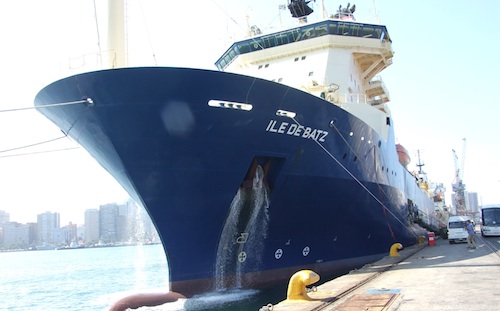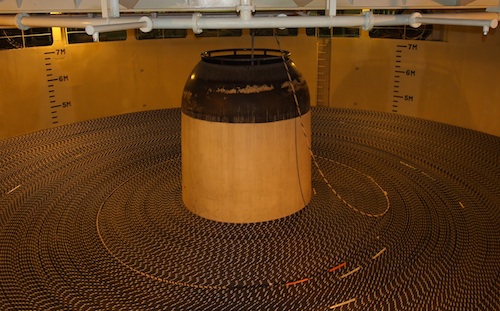
The East Africa Submarine Cable System (Eassy) is landing at Mtunzini on the northern KwaZulu-Natal coastline today after the event was delayed by the bunkering of the ship carrying the cable and bad weather over the weekend.
The cable, which represents an investment of US$240m-$260m by a consortium of Middle Eastern and African telecommunications operators, is scheduled to be ready for commercial service by August this year.
SA’s MTN Group, the single largest investor in the cable, has committed about $40m to the project and been allocated 15% of the 1,4Tbit/s cable infrastructure.
Other major investors in the cable include Telkom, WIOCC (a special investment vehicle representing a group of African telecoms operators), India’s Bharti, Botswana Telecom, Comoros Telecom, Dalkom Somalia, Djibouti Telecom, Saudi Telecom Company, Sudatel, TDM (Mozambique), Telma, Telkom Kenya, Zantel and TTCL (Tanzania), and Zamtel.
Telkom, one of the four largest investors in the cable, is the SA landing partner for Eassy. The cable will add a further level of redundancy to Telkom’s submarine system, boost international bandwidth capacity throughout Africa and help to drive bandwidth prices down, says Alphonzo Samuels, Telkom’s managing executive for wholesale services.
Eassy will not be commercially active in time for the 2010 Fifa World Cup. However, the upgrading of the Sat-3 submarine cable to three times its former capacity should provide adequate capacity for the event, says Samuels.
The 10 000km Eassy cable system runs along Africa’s east coast from Port Sudan down to Mtunzini. From Port Sudan, Eassy interconnects with various submarine cable systems to Asia and Europe. Shore-landings have already taken place in Mozambique and Sudan. The other shore landings are in Djibouti, Somalia, Kenya, Tanzania, Comoros and Madagascar.
Alcatel-Lucent was awarded the turnkey contract to lay down the optical submarine cable in 2007. — Lance Harris, TechCentral


- Subscribe to our free daily newsletter
- Follow us on Twitter or on Facebook




